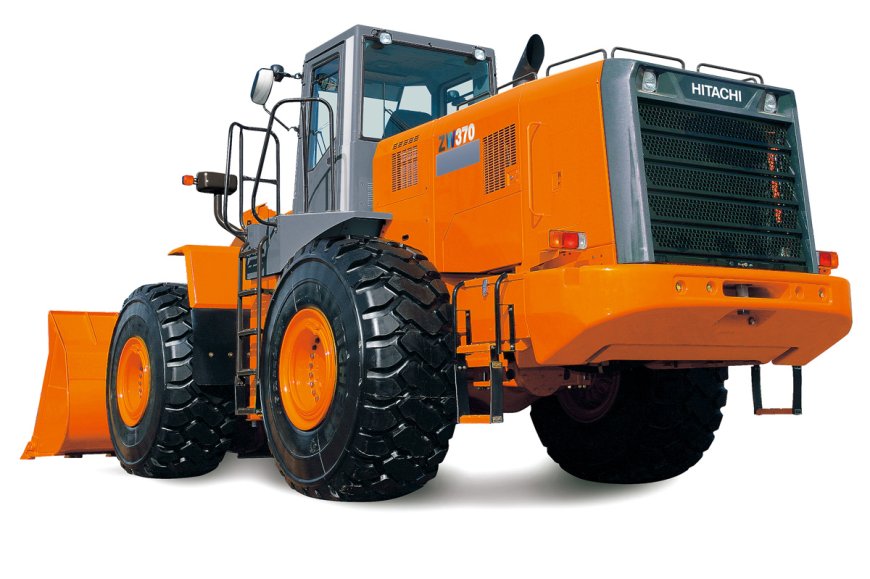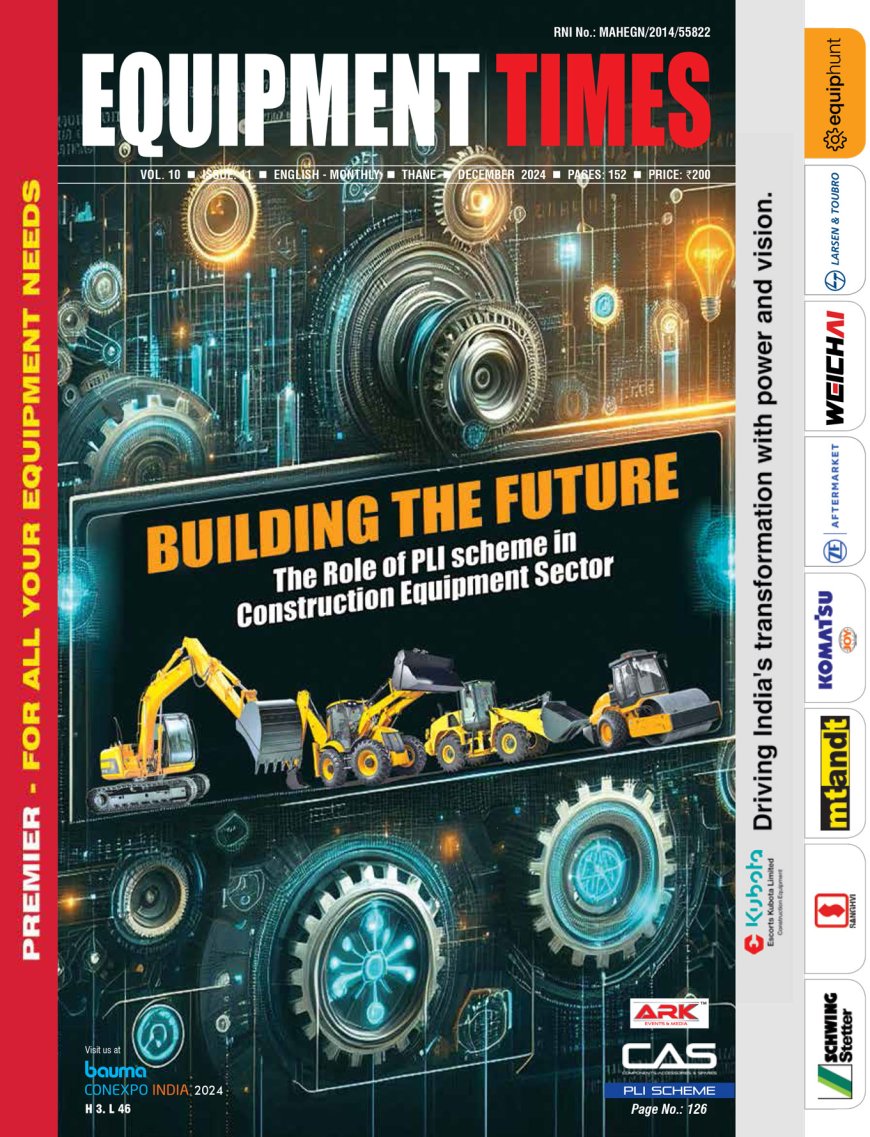“Growth in demand for the small wheel loaders will be tepid in the near term”
Wheel loaders: Demand, Challenges and the road ahead The demand for wheel loaders mainly comes from the mining sector, and the infrastructure space. In the recent years the demand was more from the infra sector, given the government’s push and

Wheel loaders: Demand, Challenges and the road ahead
The demand for wheel loaders mainly comes from the mining sector, and the infrastructure space. In the recent years the demand was more from the infra sector, given the government’s push and investments in the infra space. Within infra, the key drivers are the roads, real estate, metro construction, railways, handling of solid waste and material handling at ports etc. In the mining space, the demand normally comes from coal and iron ore.

Hemant Mathur, Assistant VP – Sales and Marketing, Tata Hitachi Construction Machinery Company Private Limited elaborates, “We feel the growth in demand for the small wheel loaders will be tepid in the near term – affected by disruption in demand by this year’s elections, delayed government spends and upcoming regulatory changes – all of which will all have a significant impact on the demand and price of the machines.”
A lot depends on how the government drives the infrastructure projects and liquidity thereon from this stage onwards. Timelines for construction is shrinking leading to implementation of modern higher capacity crushers & batching plants that need higher volume of material being handled leading to the use of wheel loaders. Further, given the environmental issues with natural sand, the market for M-sand is increasing that this will also lead to increased demand for wheel loaders at crusher sites.
The Government has relaxed the lockdown for construction activities from 20th of this month. “We are given to understand that of the 375 national highway projects, work on 260 have started. About 30-40% of construction laborers are on site of major projects (except real estate – which has been hit the hardest). However, there is still a risk of the laborer’s going back to their individual hometowns when interstate transport becomes available. Transportation and logistics are the most serious challenges being faced by both the CE and construction industries. Monsoons are expected to be normal & starts in June. There is still risk of increased infection from Covid19 post withdrawal of lockdown and hence what effect it has on the industry is still unknown,” emphasizes Mathur.
Growth target, Risk factors and Outlook
Tata Hitachi has always been at the forefront of advancements in the wheel loader segment specially in some of the notable technologies like power-shift transmission and hydrostatic drive. Both these features were a marked shift from the existing offerings in the market and helped increase the ratio of production output to engine power. Talking about the sales perspective, Mathur reveals, “At Tata Hitachi, we increased the efficiency of our wheel loaders enabling higher productivity with technological break-throughs. Overall, we expect H1 sales to be very muted and any recovery that we foresee will happen only in H2 based on current understanding. Overall, the CE industry will be down this year also but it is difficult to state to what extent, given the uncertainties (Even RBI has refused to give GDP growth projections currently). With respect to wheel loaders there is an additional impact of BSIV change coming into effect from October. This will have an impact on the wheel loader market. Proto testing and field trials of various manufacturers have been hit by the lockdown as well as logistics issue. All this could lead to a further significant de growth this year over an already 30% de growth last year.”
Hits: 117










